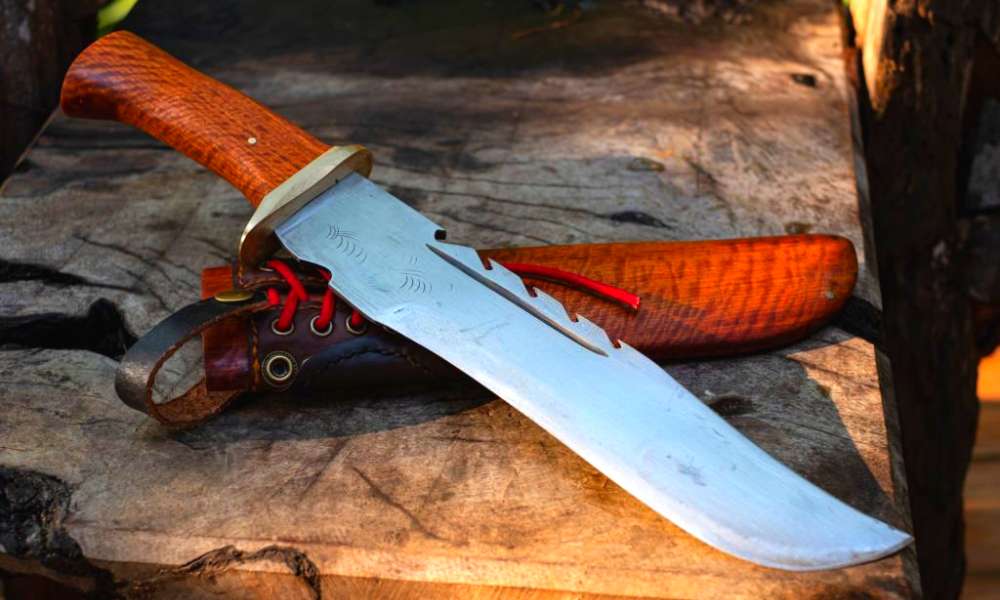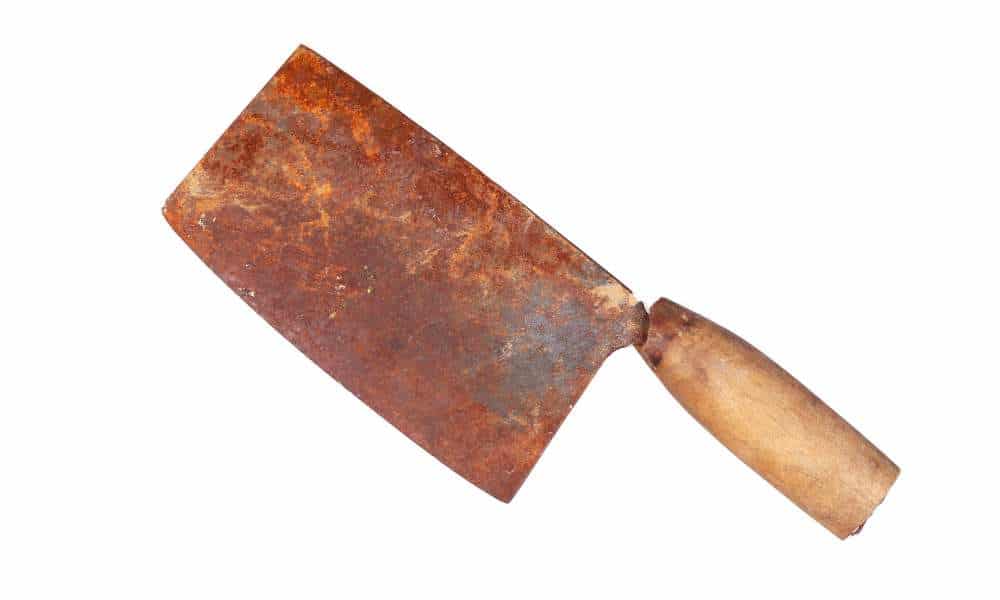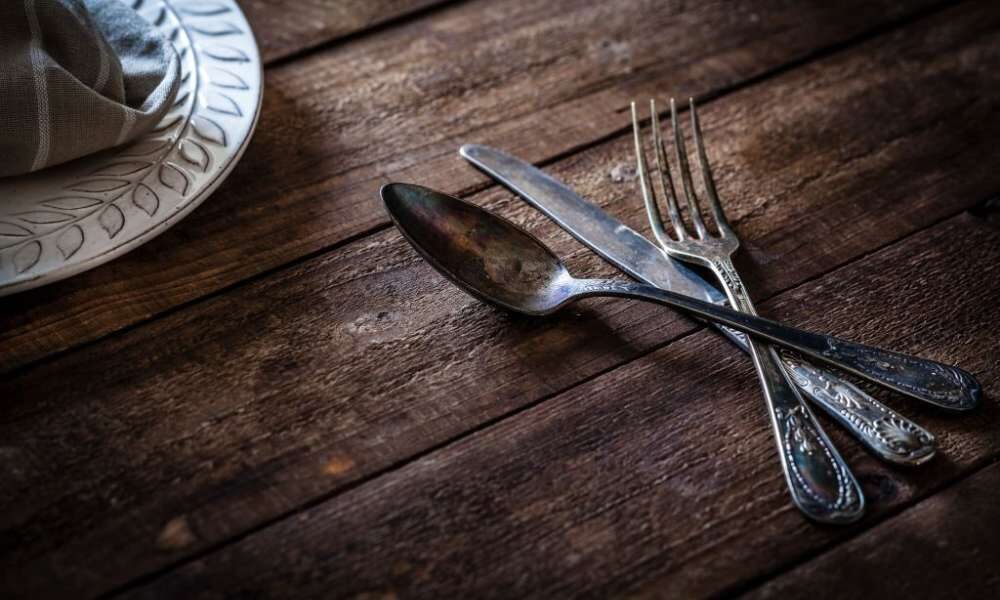It can cause them to become dull and difficult to use. Fortunately, there are a few simple steps you can take to clean a rusty knife. First, clean the blade with mild soap and water. Next, use a steel wool pad to remove the rust. Finally, apply a coat of oil to the blade to prevent it from rusting again.
If you own a rusty knife, it is important to know how to clean it. There are a few methods you can use, but the most important thing is to get the rust off. Here are some tips on how to clean a rusty knife more:
Rust And Knives

If you’re like most people, you probably don’t want to touch a rusty knife. But if you’re cleaning one, there are a few things to keep in mind. First, always use a non-flammable cleaner and avoid using water if possible. Second, be patient – the cleaner will work better if it’s allowed to soak in for a while. And finally, take care not to scratch the blade – use a soft cloth or paper towel instead.
Common Causes Of Rust

Rust is a common problem on Best Nakiri knives, and it can be difficult to clean them. There are several common causes of rust, and each requires a different approach.
First, rust can form on metal from wetness. If your knife spends a lot of time submerged in water or other liquids, it will likely start to rust. To prevent this, make sure your knife is dry before storage.
Second, rust can form on metal from acidic substances. This includes foods like tomato sauce or vinegar that get spilled on the knife. To remove the rust, first, neutralize the acid with a strong solution of baking soda or ammonia. Then use a scouring pad or steel wool to scrub the surface clean.
Finally, Rust can form from exposure to air and moisture. Keep your knife stored in a dry place so it doesn’t collect moisture from the air.
Cleaning Supplies Needed
Rust is a natural by-product of metal hitting metal, but it can quickly turn a functional tool into something you’ll want to chuck in the trash.
Here’s How To Clean A Rusty Knife You’ll Need
- Baking soda
- Coffee grounds
- Water
- Steel wool
- Old toothbrush
Directions: Soak your steel wool in water for a few minutes. In a bowl, combine ½ cup of coffee grounds and 1 tablespoon of baking soda. Dip the knife into the coffee mixture and let it sit for about 5 minutes. Wipe off the knife with a towel and repeat if necessary. Finally, polish the blade with steel wool.
Steps For Cleaning A Rusty Knife
Rusty knives can be a real pain to clean the knife. But with a bit of patience and common sense, you can get them looking and performing like new. Clean the blade with hot water and soap. Use a stiff brush to scrub the blade surface until it is free of dirt and grime. Be sure to use enough pressure to remove any built-up residue. Dry the blade off completely with a cloth or paper towel. Make sure that all water is removed from the blade surface before storing the knife in its sheath or case. This will prevent rust from forming in future periods of storage; if it does form, wiping it away with a cloth will usually do the trick.
Prevention Of Rust

When you’re preparing a meal, don’t skimp on the quality of your cutlery. Dull knives are more likely to turn rusty and cause food to stick to them – not only is this frustrating, but it’s also unhealthy. Keep your knives sharp and free of rust with these tips:
Try a honing rod or whetstone. A honing rod is like a metal ruler that you use to sharpen the blade. Place the rod at an angle against the blade and use pressure to nudge it along the blade. A whetstone is just a big, flat stone that you use with the same approach; place it against the blade at an angle and press down with your thumb. Protect your knives from rust by storing them in a dry place – away from moisture and other metals.
Conclusion
If your rusty knife is making your food taste bad or cutting the wrong way, it’s time to give it a good clean. There are a few simple steps you can take to make sure your blade is performing at its best: use a rust-removing cleaner, steel wool, and a towel; use moderate pressure when cleaning; and don’t overclean. By following these simple steps, you’ll be able to keep your knives in good condition and safely prepare your food.




